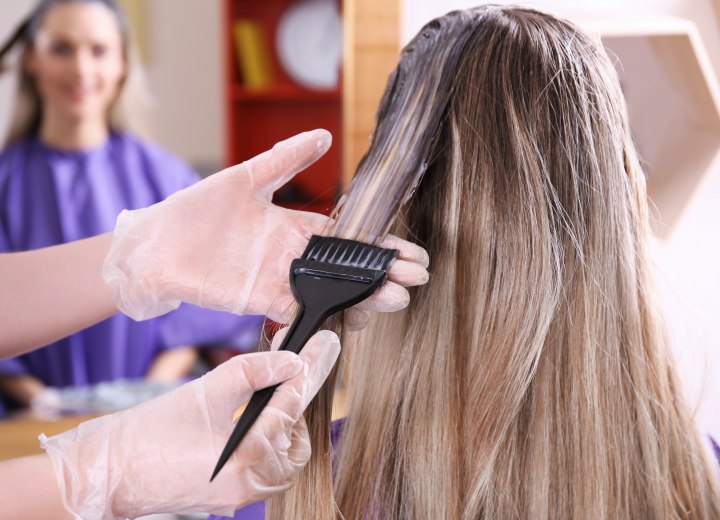Balayage vs. Regular Highlighting

A: You're right that balayage can produce stunning results, though whether it's "better" than traditional highlights really depends on the look you're going for. The main difference lies in the application technique and the final effect.
Balayage, on the other hand, is a technique where the colorist hand-paints the lightener directly onto your hair using a brush or paddle. This freehand approach creates a more natural, sun-kissed look with softer, more organic placement of highlights. The word "balayage" actually means "to sweep" in French, which perfectly describes the sweeping brush motions used during application.
Regarding cost, balayage is often more expensive than traditional highlights because it requires significant skill and artistry. The technique looks deceptively simple, but it takes an experienced colorist to create beautiful, natural-looking results. Since there's no foil to isolate sections, the colorist needs exceptional precision and a keen eye for color placement and processing time. You can't easily check the progress like you can with foiled highlights, where you can peek under the foil and spray a little water to see how the color is developing.
As for damage, both techniques use similar lightening products, so the potential for damage is comparable. However, balayage can sometimes be gentler because the colorist has more control over exactly where the product is placed and how much is used. The lightening agent used in balayage is typically formulated to be thicker and non-drip to prevent it from running into unwanted areas.
One of the biggest advantages of balayage is its versatility. Whether you wear your hair pulled back sleekly, have natural waves, or sport voluminous curls, balayage can be customized to enhance your specific hair texture and styling preferences. It creates beautiful dimension that works with your hair's natural movement, adding "sparks" of brightness that catch the light beautifully.
The grow-out with balayage is also much more forgiving than traditional highlights since the color is placed more naturally and doesn't create harsh lines at the roots. This means you can go longer between touch-ups, which many clients love.
©Hairfinder.com
See also:
Advanced hair coloring and highlighting
How to choose highlights that look natural
Can you please explain the balayage technique?